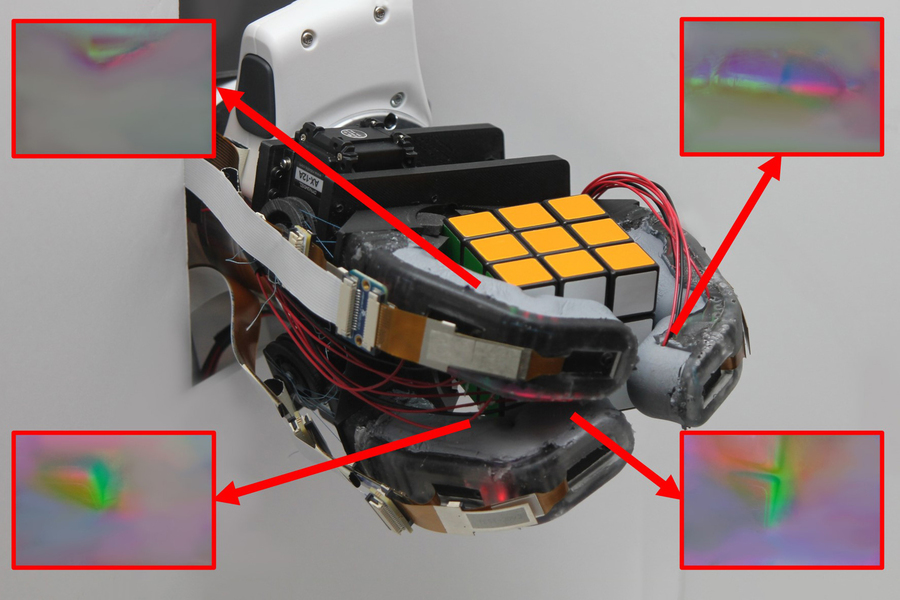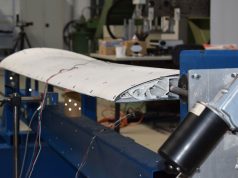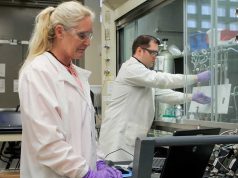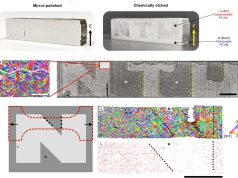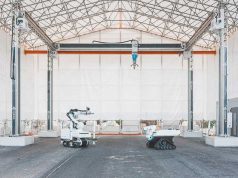A robotic gripper with three fingers, which was developed by researchers at the Massachusetts Institute of Technology (MIT), can “feel” with great sensitivity over the entire length of each finger. 3D printing was also used in the development.
The team built a robotic finger with a rigid skeleton surrounded by a soft outer layer. Several high-resolution sensors under the transparent “skin” are integrated into the outer layer. These sensors provide continuous sensing along the entire length of the finger, while simultaneously capturing numerous pieces of data about many parts of an object.
The three-fingered robotic hand can grasp heavy objects such as a drill and securely hold pliable objects such as empty plastic water bottles without crushing them. It could be especially useful for caregiving robots that interact with the elderly at home.
“Having both soft and rigid elements is very important in any hand, but so is being able to perform great sensing over a really large area, especially if we want to consider doing very complicated manipulation tasks like what our own hands can do. Our goal with this work was to combine all the things that make our human hands so good into a robotic finger that can do tasks other robotic fingers can’t currently do,” says mechanical engineering graduate student Sandra Liu, co-lead author of a research paper on the robotic finger.
The researchers used a rigid, 3D-printed endoskeleton placed in a mold and encased in a transparent silicone skin. Each finger contains a pair of detailed touch sensors called GelSight sensors. These sensors, consisting of a camera and three colored LEDs, are embedded under the transparent skin and capture visual information about the shape of an object.
Future improvements could include the durability of the silicone skin and how the thumb works to enable a wider range of tasks.
“Although we have a lot of sensing in the fingers, maybe adding a palm with sensing would help it make tactile distinctions even better,” Liu says.
Find out more about the MIT at mit.edu.
Subscribe to our Newsletter
3DPResso is a weekly newsletter that links to the most exciting global stories from the 3D printing and additive manufacturing industry.



